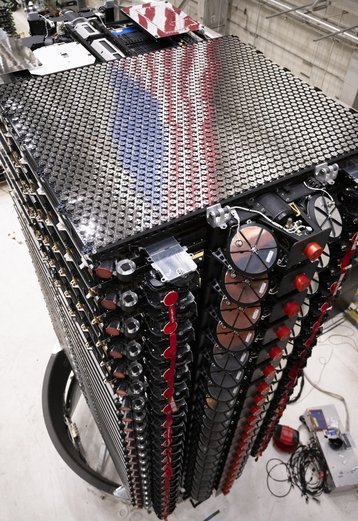SpaceX launched its first batch of satellites for direct-to-smartphone connectivity on January 2.
The six Starlink satellites were launched on a Falcon 9 rocket at 10:44pm EST from the Vandenberg Space Force Base in California.
According to SpaceX the six direct-to-cell satellites carry a payload that can provided connectivity for most 4G LTE devices when in range.
During 2024, SpaceX is expecting texting to be enabled through partnerships with cellular operators. In 2025, the satellites should be accessible for voice and data connectivity also, dependent on regulatory permissions.
SpaceX will be conducting tests with its existing US mobile partner T-Mobile. The company also has partners in Australia (Optus), Canada (Rogers), Chile (Entel), Japan (KDDI), New Zealand (One NZ) and Switzerland (Salt).
The first launch of 2024 also included 15 Mini broadband satellites.
According to SpaceX senior manager for quality systems engineering Kate Tice, the direct-to-cell satellites will be brighter than the 15 Starline V2 Mini broadband satellites that were also on board the Falcon 9. The company will work with astronomers to make the satellites as dim as possible.
The company announced plans for its direct-to-cell satellites in November 2023, at the time suggesting it would deploy 840 satellites in the next six months. The company's direct-to-cell ambitions have been met with criticism from both AT&T and the Rural Wireless Association, both of which attempted to block testing approvals.
Other telcos have also opposed the proposition arguing that it will impact their 5G roll outs.
In addition to the direct-to-cell satellites, SpaceX filed advance notice for 29,988 Low Earth Orbit (LEO) satellites in 288 orbital planes that would use W-band frequencies.
Other companies exploring direct-to-cell include AST SpaceMobile and Lynk Global.







